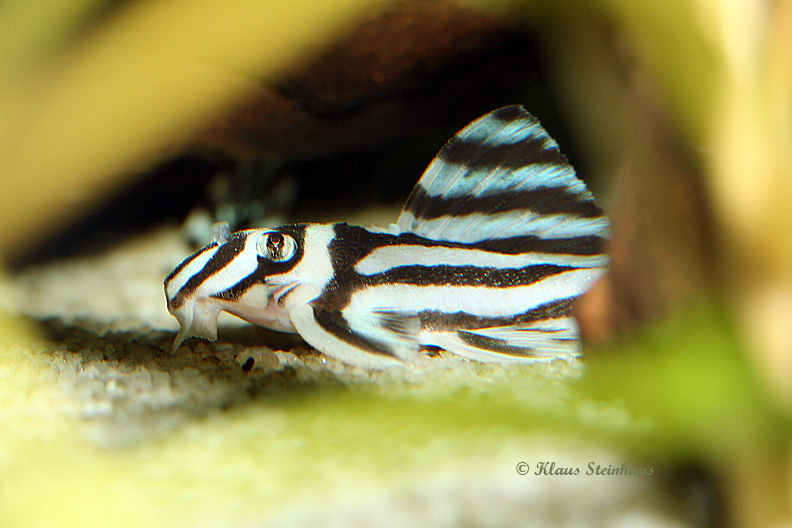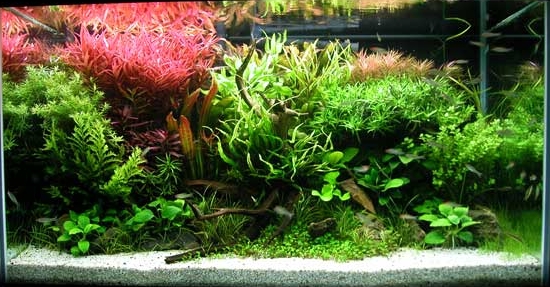the zebra pleco (Hypancistrus zebra)

By Doug White & Derek P.S. Tustin, Images by Klaus Steinhaus Derek's Back-storyThe quote that starts this article is from the esteemed Dr. Seuss. We've all probably read him at one time, either by ourselves when we were younger, or to our children....
Free Template Blogger collection template Hot Deals BERITA_wongANteng SEO theproperty-developer






